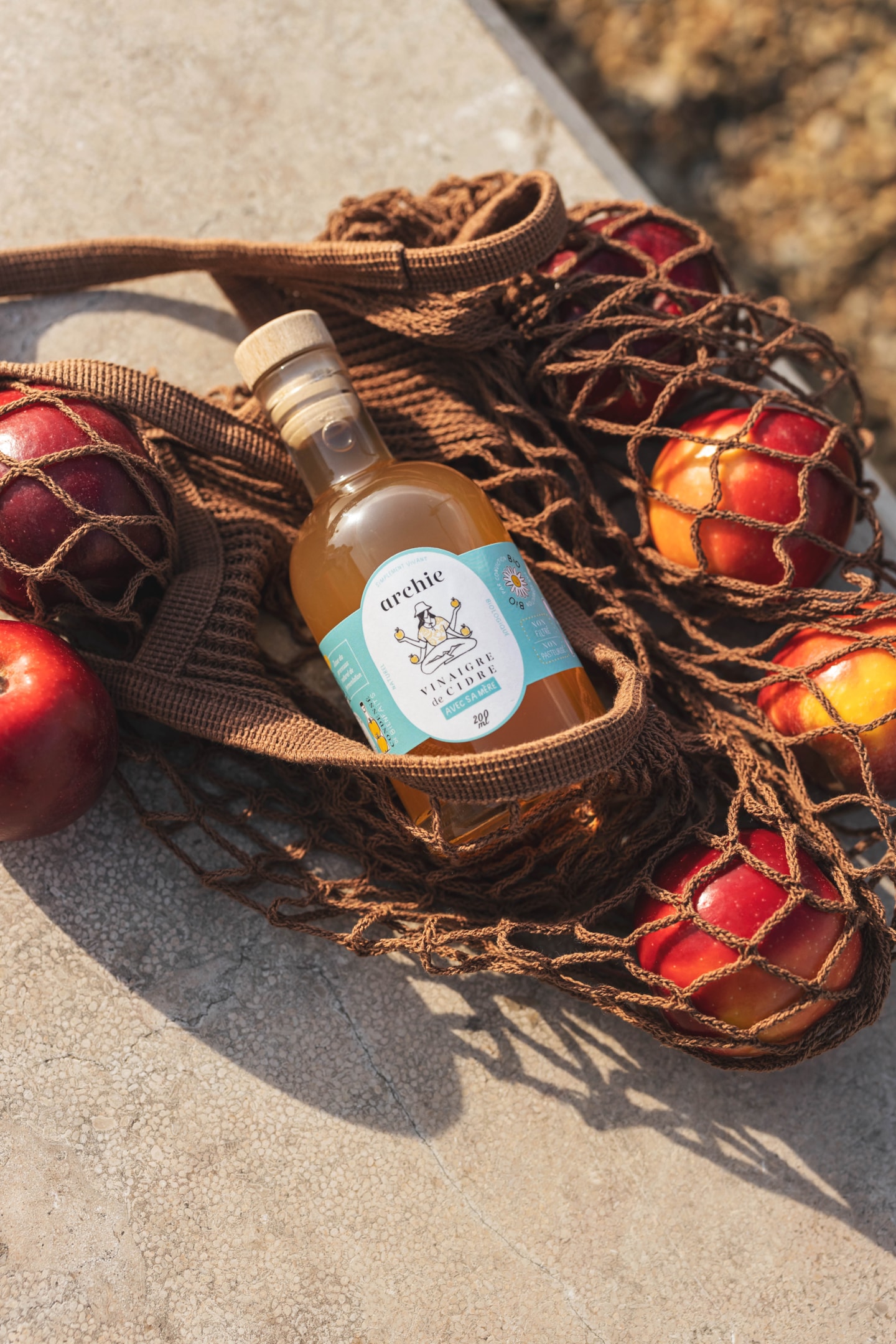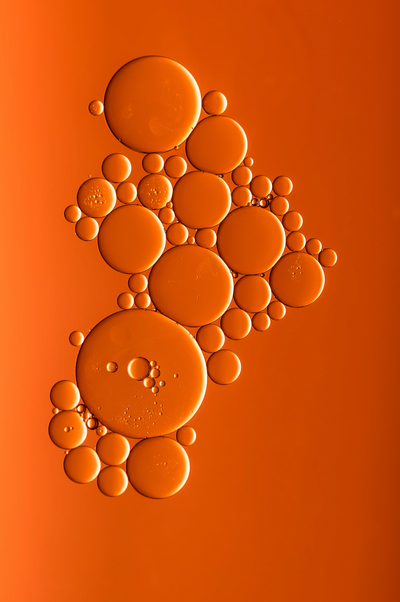
You may have heard the term glucose thrown around a lot by health professionals. Do you really know what it is? When we talk about blood glucose levels or blood sugar, it refers to the level of sugar in the blood. Too much glucose can cause blood sugar levels to spike, which can lead to the infamous food cravings.
Feel free to check out our article on blood sugar standards .
Definition of glucose
What is glucose?
The term "glucose" comes from the ancient Greek τὸ γλεῦκος / gleukos, which referred to sweet or liqueur wines, as well as must. The suffix -ose is a chemical indicator that specifies that it is a carbohydrate. Glucose is a simple sugar, classified as a carbohydrate, which plays a crucial role as the main source of energy for the human body. It is mainly present in foods such as fruits and vegetables and cereal products.
The different types of glucose
Glucose is a simple sugar, classified as a carbohydrate and identified as a monosaccharide. There are several forms and types of glucose, which vary in their chemical structure and functions in the body.
-
Glucose and its isomers:
Glucose can exist in different forms called isomers, such as fructose and galactose. Although they have the same chemical formula, their structure and properties vary.
-
Dextrose:
Dextrose is a form of glucose often used in food products and supplements. It is quickly absorbed by the body, making it an immediate source of energy.
-
Starch:
Starch is a polysaccharide made up of long chains of glucose molecules. It is a storage form of glucose in plants, and upon digestion it is broken down into glucose for use by the body.
-
Glycogen:
Glycogen is the storage form of glucose in the human body, mainly in the liver and muscles. When quick energy is needed, glycogen is converted to glucose and released into the blood.
-
Food sources:
Glucose comes from a variety of foods, including fruits, vegetables, and grain products. These foods are essential for providing adequate glucose to the body.
Sources of glucose

Foods high in glucose
Glucose, that well-known little energizer, is hidden in lots of foods! Here's where to find it, in a fun way:
Fruits: If you're looking for glucose, head to the fruit! Grapes, bananas, and cherries are all partying with high concentrations of glucose. It's a real sugar festival!
Vegetables: Don’t underestimate vegetables! Carrots and beets, those colorful little heroes, also hide glucose. Who said vegetables weren’t fun?
Grain products: Bread and pasta are like little glucose wizards. They transform carbohydrates into energy, a bit like nutritional superheroes!
Sweets: And then there are candy, sodas, and pastries. These are like confetti full of added glucose, ready to bring a little joy into your day!
Photosynthesis: Glucose in the Plant World
Photosynthesis is the process by which plants convert carbon dioxide and water into glucose using energy from the sun. This glucose serves as an energy source for the plant and is also stored as starch. Thus, glucose plays a central role in plant metabolism and is fundamental to the food chain, as it is the energy base for living beings that consume plants.
The importance of glucose for the body
Glucose as an energy source
Glucose is like the energy superhero in our body! As soon as we consume it, it rushes into our system like a Sunday runner, ready to fill up on good energy.
It’s absorbed and off it goes into the bloodstream! Cells love it because it’s what allows them to power through all of our daily activities. Whether you’re running a marathon or just getting off the couch (we know that’s a sport in its own right!), glucose is there to give you the boost you need.

The role of glucose in brain function
The brain is a real "glutton" when it comes to glucose. In fact, it uses almost 20% of the energy from the glucose our body produces. This energy is crucial for maintaining our cognitive functions, such as memory, concentration and decision-making. Good glucose levels help keep our minds sharp and alert, while low levels can cause fatigue and attention problems.
Glucose and blood sugar regulation
Regulating blood glucose levels, or blood sugar, is essential for our health, and the Apple cider vinegar may also play a beneficial role, helping to stabilize glucose levels. Insulin, a hormone produced by the pancreas, helps cells absorb glucose; when blood sugar is too high, insulin is released to lower it, while if it is too low, the body may release stored glucose as glycogen. This harmonious dance helps maintain optimal energy balance, preventing health problems like diabetes.
Glucose metabolism
Digestion and absorption of glucose
The glucose journey begins on our plate! When we consume foods containing carbohydrates, digestion begins as soon as we chew them. In the stomach and small intestine, carbohydrates are broken down into glucose by enzymes. Once released, glucose is absorbed by the walls of the small intestine and enters the bloodstream, where it becomes the star of the party, ready to provide energy to the entire body! In addition, the benefits of apple cider vinegar can help regulate this absorption by stabilizing blood glucose levels, thus providing additional benefits for our health!

Glucose storage and use: glycogen and glycolysis
After being absorbed, glucose is not always used immediately. Some of it is stored as glycogen, much like a backup battery, primarily in the liver and muscles. When energy is needed, this glycogen is converted back to glucose.
As for glycolysis, it’s the process by which glucose is broken down to produce energy. This happens in cells, where glucose is transformed into usable energy, ready to fuel everything from hard athletic efforts to a simple heartbeat. Basically, it’s like a miniature energy factory that works around the clock to keep our bodies on track!
Measuring and regulating glucose levels
Normal blood glucose level
Blood glucose levels are a key indicator of our health. In general, in an adult on an empty stomach, a normal level is between 0.70 and 1.00 g/L. After a meal, this level may increase slightly, but it should not exceed 1.40 g/L. These values ensure that our body functions harmoniously and that our cells receive the energy they need.
Hyperglycemia and Hypoglycemia: Symptoms and Management
When blood glucose levels are too high, it is called hyperglycemia. This can cause symptoms such as intense thirst, frequent urination, and excessive fatigue. Conversely, hypoglycemia , or low blood glucose levels, can cause dizziness, tremors, and even fainting.
To manage these situations, it is crucial to monitor your blood sugar regularly. If hyperglycemia occurs, dietary adjustments or treatment may be necessary. For hypoglycemia, a small snack rich in fast carbohydrates, such as a glass of fruit juice, can quickly restore balance. In short, maintaining stable glucose levels is essential to feeling good and functioning at full capacity!
In short, glucose is an essential source of energy for our body. As a carbohydrate, it fuels our cells, including our brain, which needs it most. Foods like fruits and vegetables provide this valuable sugar, while glucose is stored as glycogen in the liver and muscles.
Maintaining stable glucose levels is crucial for health. Regular monitoring and advice from a dietitian nutritionist can help avoid blood sugar-related complications. In short, glucose is a vital fuel, at the heart of our nutrition and well-being.
Be sure to check out our article on apple cider vinegar and blood sugar to learn more!
FAQ
Is glucose a sugar?
Yes, glucose is a sugar, the little energizer that makes our body sparkle! It's like the superhero of carbohydrates, ready to give our cells a boost. It's found in fruits, vegetables, and even in our favorite treats. Basically, without glucose, no party for our muscles and brain!
What foods contain glucose?
Here are some foods that contain glucose:
Fruits: Grapes, bananas and cherries are like little glucose bombs ready to party in your body!
Vegetables: Don't neglect vegetables! Carrots and beets also hide glucose. Who says vegetables aren't fun?
Grain Products: Bread and pasta are true glucose wizards, transforming carbohydrates into energy for your daily adventures.
Sugary Goods: Candy, soda, and baked goods are often loaded with added glucose, like sugary confetti for an energetic party!
In short, glucose is hidden in many delicious foods, ready to boost your energy!
What is the role of glucose in the body?
What is blood glucose?
Blood glucose is like our body's "fuel"! It's like the sugar that makes our cells dance. We get it mostly from gourmet foods like bread and fruit. But be careful! If the glucose level is too high, it's like a party that gets too loud ( hyperglycemia ), and if it's too low, our cells find themselves in "pause" mode (hypoglycemia). The body, with the help of insulin, manages all this like a conductor, so that the energy flows freely and we can keep up the pace!



















